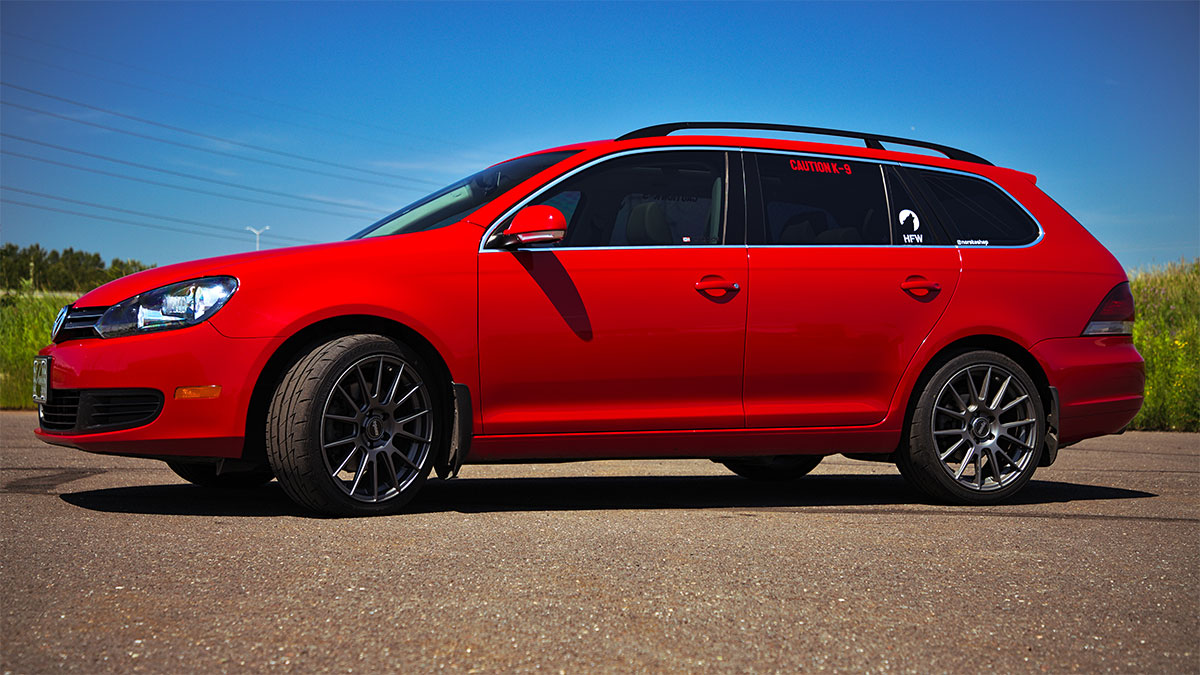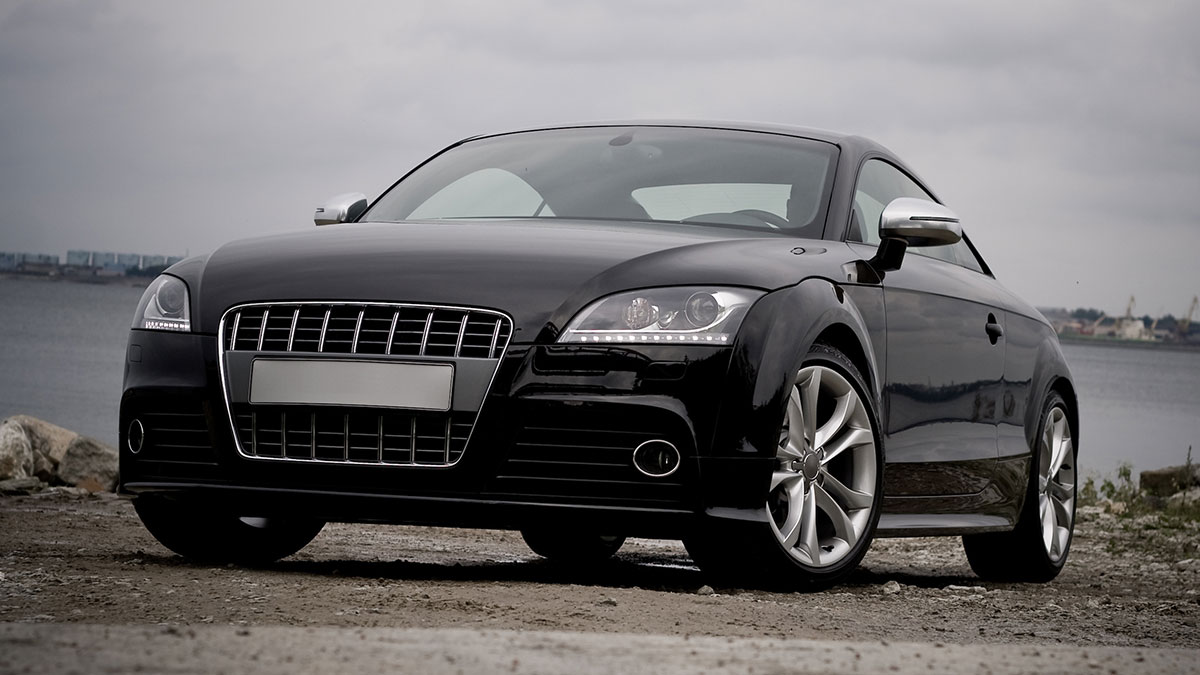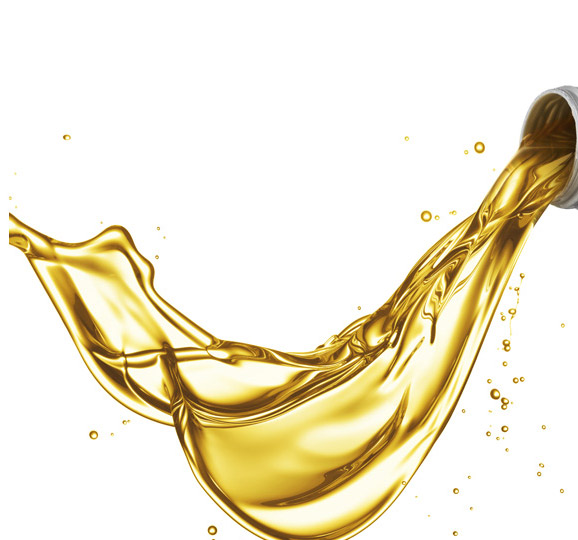For all the luxurious benefits of owning a European car – finely tuned performance, sophisticated styling, prestige – they can be a pain when it comes to maintenance. Some estimates indicate four of the top five most expensive vehicles to maintain hail from across the pond.
Not only that, they also require specialized oil that differs in many ways from the good old American motor oil you use in your Ford* or Chevy.* Here are several reasons why.

Cleaner air
The European Union maintains stricter standards for carbon dioxide (CO2) and carbon monoxide (CO) emissions than the United States, The EU has even agreed to entirely ban the sale of new CO2-emitting cars after 2035. Because modern diesels emit lower CO2 than gasoline engines, the European market also pivoted toward increased use of diesel-powered vehicles in the 1990s. Diesel engines also offer better fuel economy, thereby burning less fuel.
One drawback of diesel engines is the higher levels of Nitrous oxide (NOx) and particulate matter (PM) that they produce. To counteract this, modern diesel-powered vehicles use diesel particulate filters (DPF) and catalysts designed to reduce pollutants from the exhaust before it exits the tailpipe.
Oil formulation can have a negative effect on these sensitive emissions-control devices. Certain components in the motor oil formulation, such as sulfated ash, phosphorus and sulfur (known collectively as SAPS), can reduce the effectiveness and life of DPFs and other emissions devices.
Therefore, motor oils formulated for European vehicles often contain lower SAPS levels to protect emissions-control systems.

Longer drain intervals
Europeans have also been accustomed to longer oil change intervals of 16,000 km (10,000 miles) for some time. Meanwhile, motorists in the U.S. blindly practiced 3,000-mile oil changes for a century. Excepting the educated AMSOIL customers who have been practicing extended drain intervals since 1972.
One reason is the higher cost of oil in Europe, another is the differences between manufacturer recommendations. For example, most modern BMWs require oil changes only every 15,000 miles (24,140 km). Most American manufacturers still recommend changing the oil every 5,000 miles (8,000 km), or slightly longer if the vehicle is equipped with an electronic oil-life monitoring system.
The longer drain interval recommendations common for European vehicles require a more robust oil capable of protecting against wear, deposits and sludge for that extended duration.

Seasonal use
The owner’s manual of many European vehicles will often suggest different viscosities for different operating temperature ranges. They may recommend 5W-30 in freezing weather, and a switch to 5W-40 in warm weather. Some recommend a single expanded viscosity range of 0W-40 or 5W-40 to offer both improved cold-flow when starting and resistance to heat once operating temperatures are reached.
There aren’t as many domestic vehicles that recommend those viscosities, making it tougher to find a matching viscosity oil for European cars in America.

Automaker approvals
Manufacturers also recommend using an oil that meets a specific performance standard. The European Automobile Manufacturers’ Association (ACEA) recognizes that European engines differ from U.S. engines in both design and operating conditions and establishes the lubricant standards for Europe. Similarly, the American Petroleum Institute (API) establishes industry-wide motor oil specifications in the United States.
European vehicle manufacturers often maintain their own additional motor oil performance specifications. Volkswagen* drivers, for example, need to use an oil that meets the requirements of VW’s own performance specs. The same holds for Mercedes-Benz,* BMW,* Porsche* and other European cars. European manufacturer specifications tend to be even more strict, requiring increased motor oil performance over the ACEA specs. This, in turn, requires more advanced motor oil technology, which is best delivered by synthetics.
Complicating matters, each OEM motor oil specification is slightly different. One OEM may require oils that offer better performance against oxidation, while another requires better resistance to viscosity loss.
For example, VW requires some of its engines to use a 0W-20 oil that meets its 508.00/509.00 spec, but other manufacturers require a 0W-20 oil that meets different specs. The specificity can easily confuse motorists.
Be sure to read about this Volkswagen R32 that clocked 300,000 miles using AMSOIL products.

American made
General Motors* has taken a page out of the playbook of its European counterparts by maintaining its own GM* dexos* performance specification. As American-made cars continue to add advanced emissions, fuel-economy and performance technology like those used in Europe, AMSOIL motor oils will continue to evolve to meet these globally changing needs.
Even with these subtle oil formulation differences, it is imperative to use the correct oil in your vehicles, as prescribed in your owner’s manual. Fortunately, AMSOIL makes it easy by formulating a full line of synthetic motor oil for European cars.
And if you don’t know which oil your car requires, we’ve made that easy too, with handy Product Guides.






Hey Baker, Thanks for sharing your knowledge for the reason of usees Special Oil in a car? it’s really Informative, Have a good day.
Thanks, Lewis.
welcome john. your post was great
European cars are over engineered. Maintenance costs on these cars are outrageous.
Man do I agree with you.
Especially German vehicles.
Keep it simple is not in there vocabulary.
And the cost of ownership can be very expensive…..
No thanks
Not for me.
Great Post John….
European vehicles are different from other types of vehicle in many ways and also needs maintenance more frequently as compared to other kinds of the vehicle which are really expensive. Car manufacturers in Europe are subjected to certain extreme Cartier which is essential to make a vehicle according to the European standard. Such vehicle needs regular maintenance to work smoothly for the long time period. Different types of lubricants used in the vehicle should be inspected regularly and if necessary should be replaced with suitable substitutes. Irregularities in the maintenance of such vehicle could have catastrophic effects on the health of the vehicle.
For a 2000 Volvo S80 2.9 Non-Turbo, do you recommend the amsoil signature series or the European Car Formula 5W-30 Improved ESP Synthetic Motor Oil? How is one better than the other?
Hi Steve,
Either oil may be used as they both meet the specifications for your vehicle. Signature Series offers a little more robust formulation, though, and is the optimum choice since it has a higher-end additive package and is good for a longer service life.
Thanks,
John
Hey folks, I’m just looking into this as my son purchased a 2016 BMW X3 2.0 turbo. Amsoil website has “No recommendations available” for that vehicle. However BMW produced the same exact engine (and still do) number (N20B20A) in 2015 X3 2.0 turbo.
Amsoil website does have a recommendation is to use European Classic ESP 5w-40 (EFMQT) or European Classic ESP 0w-40 (EFOQT) for the 2015 X3.
I called tech support and they provided no reason for this. Does anyone here have a clue as to why Amsoil does not recommend the European oil for the 2016 and new X3’s?
If you live in areas that get cold, use 0w. If you’re in an area that stays warm all year, go with 5w. Either will work fine, it’s just 0w is more universal.
MANY countries use much thicker oils than the US in the exact same engines because they are not bribed by the EPA and tree hugger groups to use the 5W and 0W-20 oils as in the states.
A 1.5L Totota yaris in the US will recommend 0W-20 while that same engine in Russia or Australia will come with a manual that recommends 5W-30 and 10W-30
This proves that as i have said for the past 10 years that these engines CAN and SHOULD use 0W-30, 5W-30, and 10W-30 oils for maximum protection